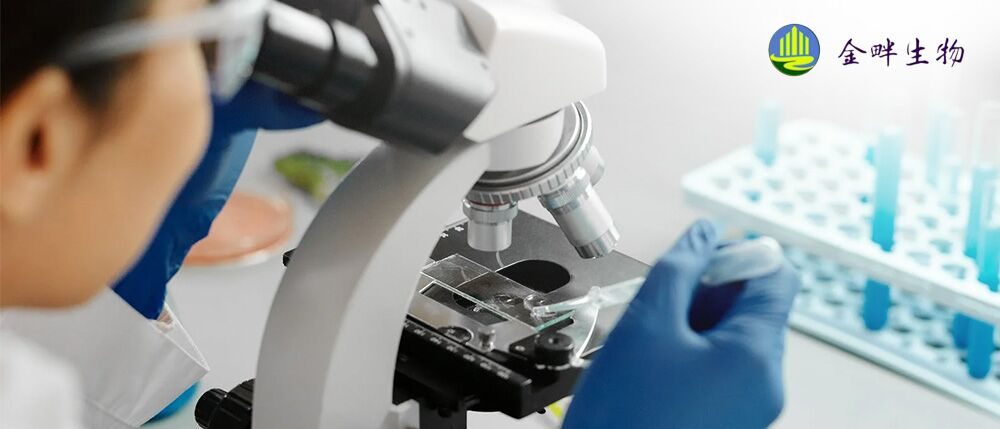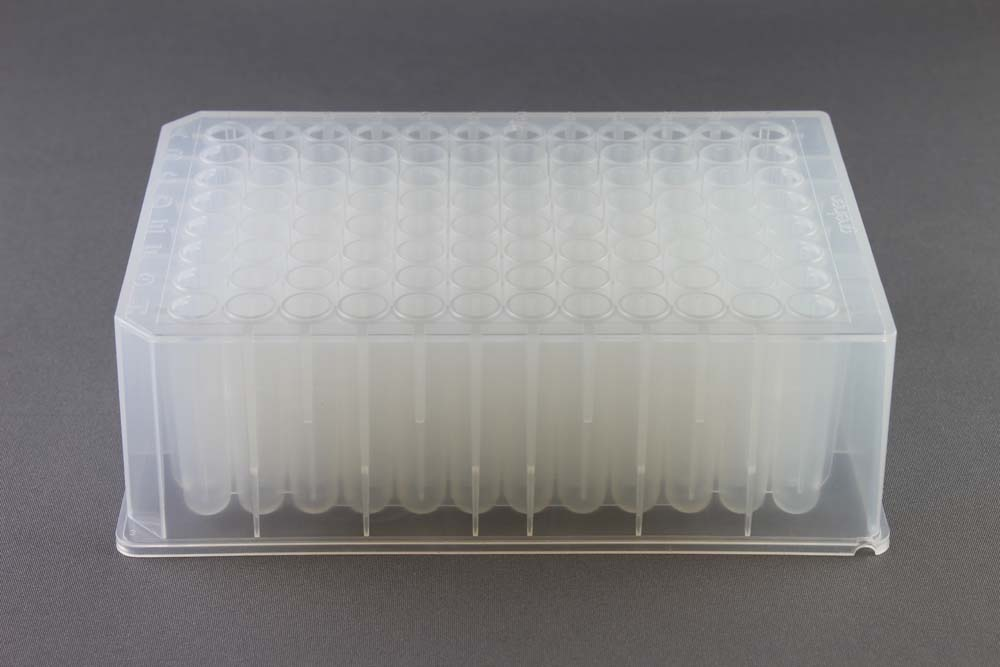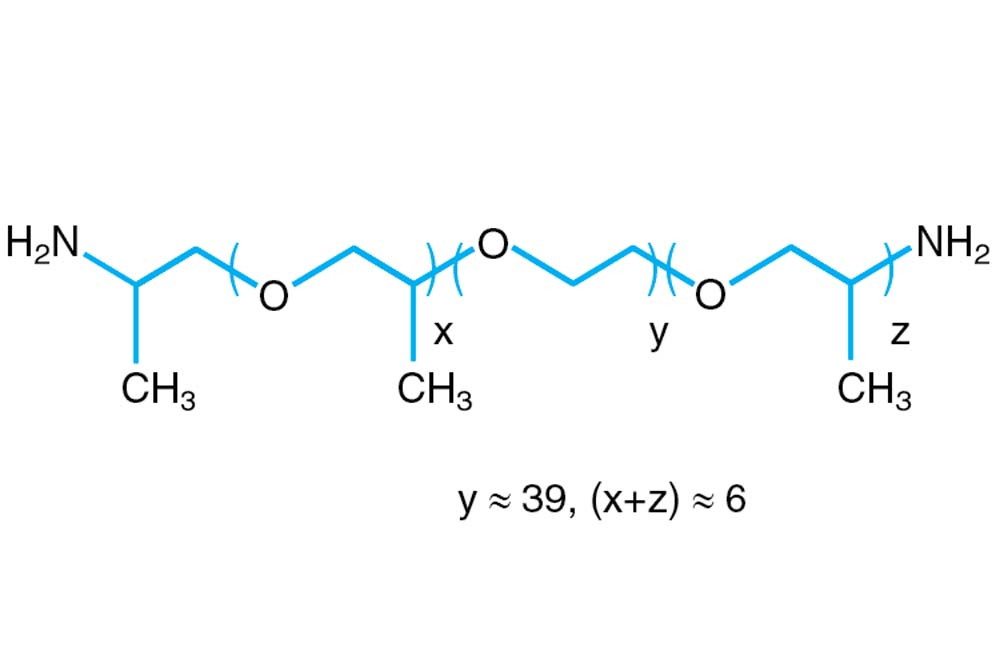The CrystalCap is a magnetic sample mount (also known as a cap, pin or goniometer base) designed for cryocrystallography systems that accept SSRL style sample mounts. The CrystalCap attaches to a magnetic CrystalCap Vial and Magnetic Goniometer Base. The tip of the CrystalCap accepts a Mounted CryoLoop™ or MicroTube™ fitted with a CryoLoop™.
The CrystalCap Vial is a 1.8 ml cryo vial featuring two small vents. A ring magnet is molded into the open end of the vial so that when the cap is positioned in the vial, the ring magnet holds the cap on the vial during cryogenic storage.The HR4-904 CrystalCap Vial does not have a magnet on the bottom of the vial.
The conical shape with ledge is compatible with SSRL style grippers, auto mounters and sample handlers.
Compatible with the following Synchrotron Radiation Beamlines
North & South America
• The Advanced Light Source, Berkeley, California ALS 4.2.2, ALS 11.3.1, ALS 12.2.2, ALS 12.3.2
• The Advanced Photon Source, Argonne, Illinois APS 14-BM-C BioCARS, APS 14-ID-B BioCARS
• Cornell High Energy, Synchrotron Source, Ithaca, New York CHESS A1, CHESS F1
• Canadian Light Source, Saskatchewan, Canada, CLS 08ID-1, CLS 08B1-1
• Stanford Synchrotron Radiation Laboratory, Menlo Park, California SSRL BL7-1, SSRL BL9-1, SSRL BL9-2, SSRL BL11-1, SSRL BL12-2, SSRL BL14-1
Asia & Australia
• Shanghai Synchrotron Radiation Facility, Shanghai, China SSRF BL17U1
• National Synchrotron Radiation Research Center, Taiwan NSRRC BL13B1, NSRRC BL13C1
• Pohang Accelerator Laboratory, Pohang, South Korea PAL 2D, PAL 5C, PAL 7A
• Photon Factory, Tsukuba, Japan PF BL-5A, PF BL-17A, PF AR-NW12A
• Super Photon ring-8 GeV, Japan SPRING-8 BL12B2, SPRING-8 BL24XU, SPRING-8 BL26B1, SPRING-8 BL26B2, SPRING-8 BL32B2, SPRING-8 BL32XU, SPRING-8 BL38B1, SPRING-8 BL41XU, SPRING-8 BL44B2, SPRING-8 BL44XU
应用
特征
- SSRL型单晶样品架
- 结晶帽附着在晶体盖和磁干涉仪基座上
- 与SSRL风格的夹持器、自动装配机和样本处理程序兼容的锥形形状
描述
水晶帽是一个磁性样品安装(也称为盖子,引脚或测角器底座),为接受SSRL型样品安装的晶晶系统设计。晶体帽附着在磁性晶体帽和磁干涉仪基座上。水晶帽的顶端接受装有冷冻环™的微型管™或装有冷冻环™的微管™。
水晶瓶盖是一个1.8毫升的冰瓶,有两个小通风口。将环形磁铁模压到瓶的开口端,以便当瓶盖放置在小瓶中时,环磁铁在低温储存过程中将瓶盖固定在瓶上。HR4-904水晶帽Vial在瓶底没有磁铁。
圆锥形状与平台是兼容的SSRL风格的夹持器,自动装配机和样本处理程序。
与下列同步辐射光束线兼容
北美和南美洲
·高级光源,加州伯克利,ALS 4.2.2,ALS 11.3.1,ALS 12.2.2,ALS 12.3.2
·高级光子源,阿贡,伊利诺伊州APS 14-BM-C生物CARS,APS 14-ID-B生物CARS
·康奈尔高能,同步加速器源,伊萨卡,纽约国际象棋A1,国际象棋F1
加拿大光源,加拿大萨斯喀彻温省,CLS 08ID-1,CLS 08B1-1
·斯坦福同步辐射实验室,加州门罗公园,SSRL BL 7-1,SSRL BL 9-1,SSRL BL 9-2,SSRL BL 11-1,SSRL BL 12-2,SSRL BL 14-1
亚洲和澳大利亚
·上海同步辐射装置,中国上海SSRF BL17U1
·国家同步辐射研究中心,台湾NSRRC BL13B1,NSRRC BL13C1
·波航加速器实验室,韩国POHANG,PAL 2D,PAL 5C,PAL 7A
·光子工厂,筑波,日本PF BL-5A,PF BL-17A,PF AR-NW12A
超级光子环-8 GeV,日本Spring-8 BL12B2,Spring-8 BL24XU,Spring-8 BL26B1,Spring-8 BL26B2,Spring-8 BL32B2,Spring-8 BL32XU,Spring-8 BL38B1,Spring-8 BL41XU,Spring-8 BL44B2,Spring-8 BL44XU

| HR4-733 |
CrystalCap |
with Vial – 60 pack |
| HR4-902 |
CrystalCap |
without Vial – 60 pack |
| HR4-904 |
CrystalCap Vial 结晶小瓶 |
Vial only – 30 pack |








